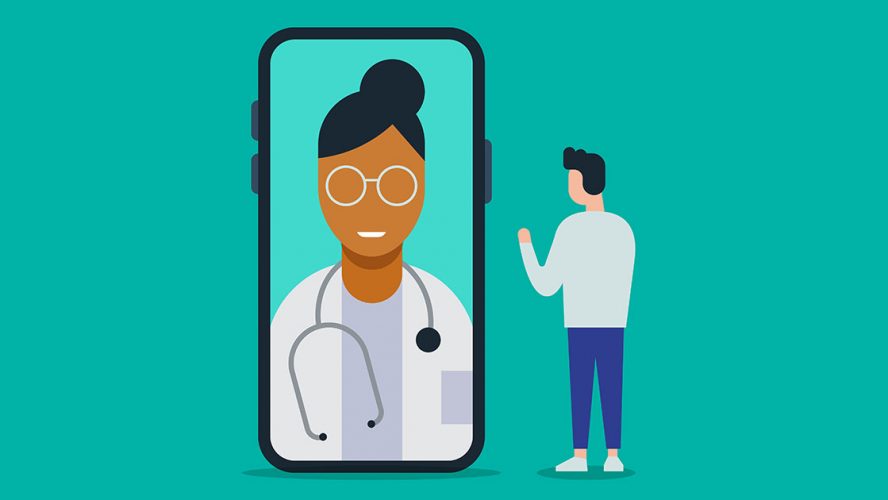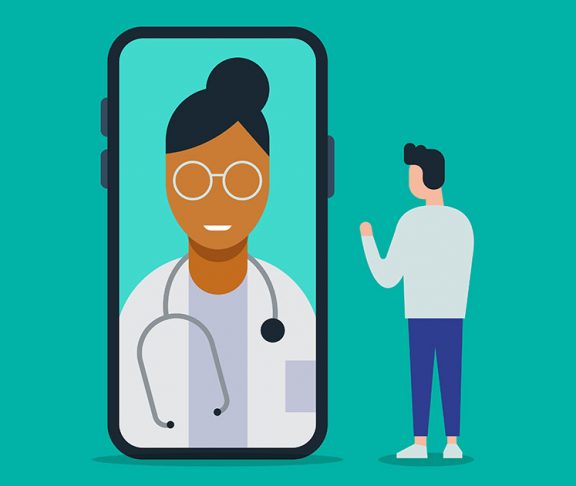
Shelley Fuld Nasso
CEO of the National Coalition for Cancer Survivorship
The COVID-19 pandemic resulted in an explosion in the use of telehealth, including for cancer care. Some oncology practices and medical centers were already well equipped to offer telehealth visits, while others struggled to quickly adopt new technologies. Similarly, cancer patients and survivors were mixed in their ability to use technology for their doctor visits. Some easily adopted telehealth, while others lacked the technology or broadband access.
In focus groups organized by the National Coalition for Cancer Survivorship (NCCS), cancer patients expressed an acceptance of, and even a preference for, telehealth for some types of visits, such as routine follow-up and symptom monitoring, with members of their care team. But focus group participants were not supportive of telehealth for other types of visits, like treatment planning and establishing a relationship with a new provider.
The human touch
In general, patients noted the importance of personal communication, touch, and ongoing relationship building. Reassurance and support are difficult to provide via telehealth, and the physical contact cannot be replaced.
One patient said, “I think it’d be very easy to lose touch of the human person, the ‘me’ side of things. You end up being your scans and your blood work, and your diagnosis.” They continued, “I think that’s a risk that we take with telemedicine — more depersonalization or dehumanization.”
Both providers and patients need training, planning, and support to make the telehealth visits successful. And focus group participants noted that use of other electronic tools, such as patient portals and email, are especially important to promote effective telemedicine visits.
Promoting access
Another key takeaway is that clear strategies are needed to ensure telehealth promotes access to care, rather than exacerbate existing disparities. Many patients either lack access to technology or an understanding of how to use it effectively. They agree that telehealth visits should be a choice that is available to patients, but not required.
But telehealth can expand the opportunities for patients to take advantage of services that are not consistently available or are underutilized, such as second opinions, palliative or supportive care, and clinical trial screening. It can also give patients more options about when and how to engage with other team members, and family or caregivers.
NCCS also surveyed cancer care providers about their use of telehealth and their reactions to how patients responded in the focus groups. This information was used to create resources for patients and providers and to develop public policy recommendations.
For more information about NCCS’ telehealth project, please go to www.canceradvocacy.org/telehealth.

